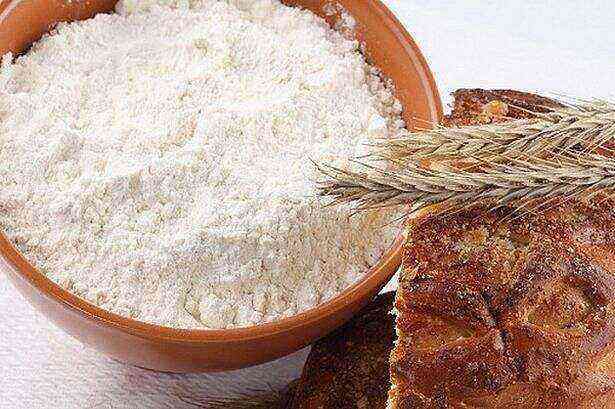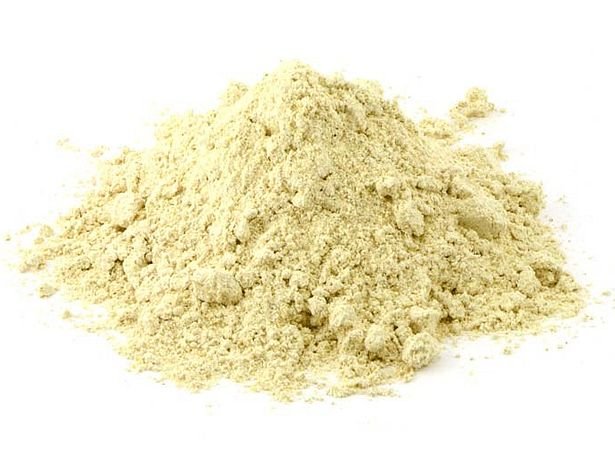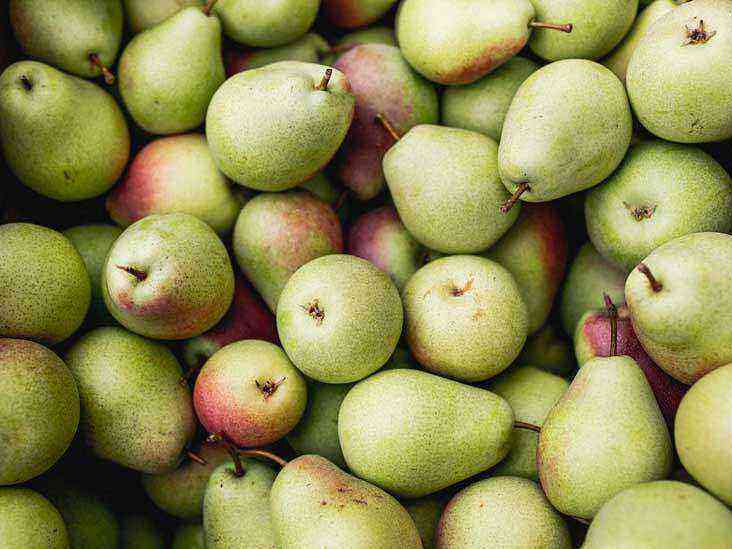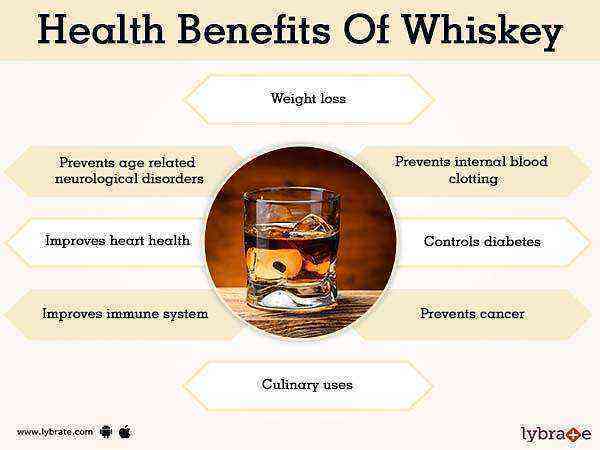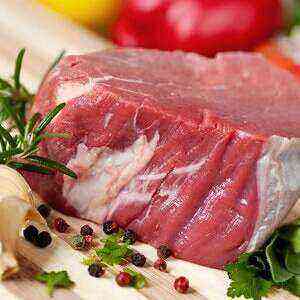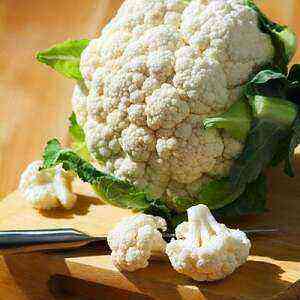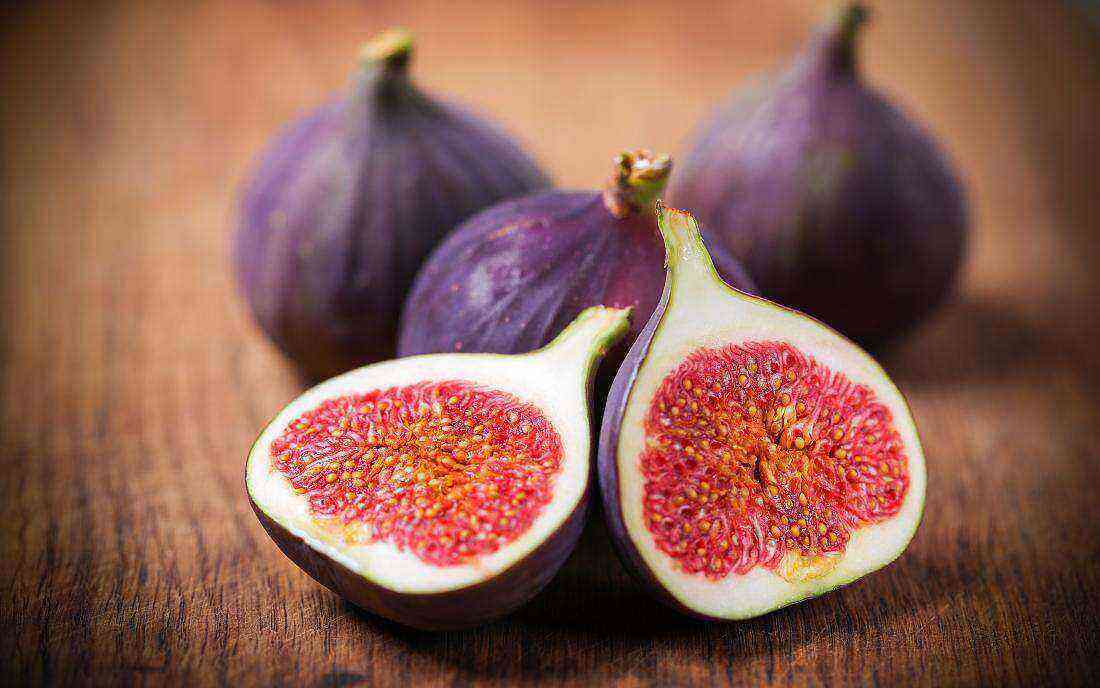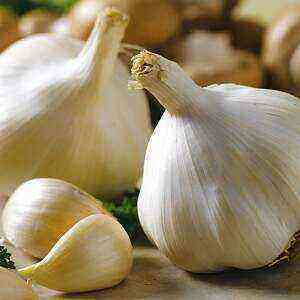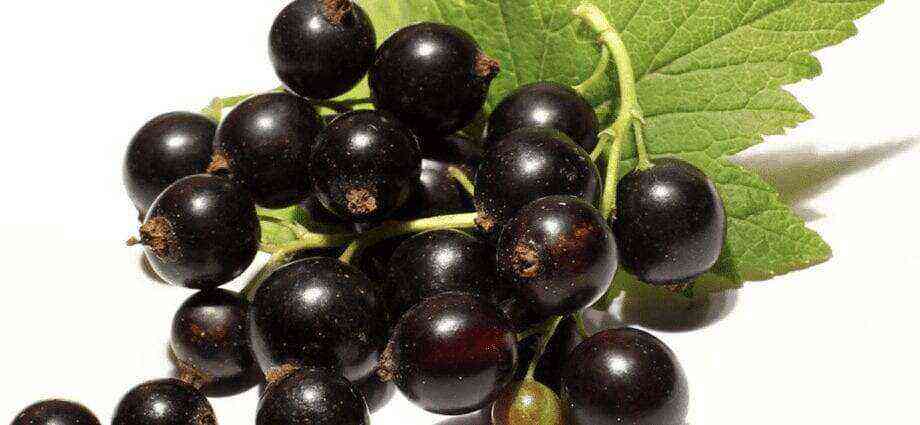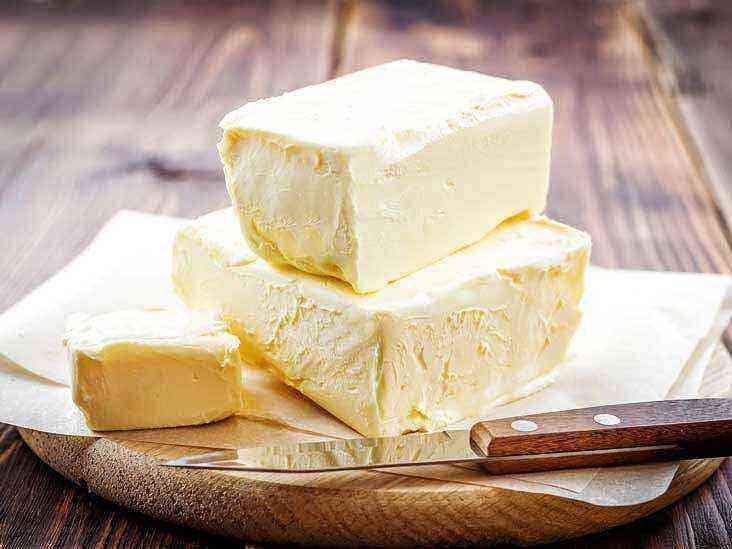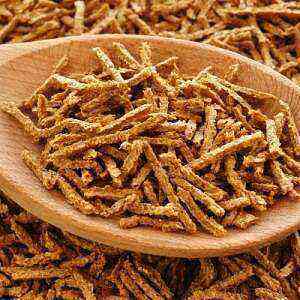3. Whole wheat flour, obtained by grinding unprocessed wheat grains and containing all the same ingredients as the grain itself. It is most useful for the body, but at the same time it is unsuitable for the preparation of most flour products.
4. Peeled, which is obtained mainly from the outer shells of wheat grains. It is even coarser and healthier than whole grains because it contains fewer carbohydrates, but more vitamins and fiber.
Due to the specificity of its production, wheat flour has a number of characteristics that determine its gastronomic and dietary properties.
Benefit and harm
An important parameter by which a particular variety of wheat flour is assessed is the yield of gluten – the amount of special plant proteins that ensure the adhesion of particles during kneading and the density of the flour product. High-grade flour has a high gluten yield, while coarse flour is lower. For the human body, a high content of gluten is fraught with complication of digestion – it is due to it that flour products turn into a kind of paste in the stomach and intestines.
Further, flour is always high in calories. High-grade – more, coarse – less, but for overweight people or those who suffer from diabetes, most flour products are contraindicated. Unless bread made from peeled or whole wheat flour can be good for them.
But it is always a source of strength and energy. That is why bread is considered a symbol of fertility and wealth: it gives a person the necessary energy resources for an active life. And it is already in the power of the eater himself to diversify flour products with other products and make the common dish useful and valuable. Therefore, wheat flour is a great way to consume the calories necessary for life and movement, and sometimes indulge in great baked goods.
